When it comes to logistics and transportation, the integrity and durability of semi-trailers are paramount. One of the fundamental components contributing to these attributes is the exterior wall of the semi-trailer. This article delves deeply into what semi-trailer exterior walls are made of, exploring various materials, their properties, advantages, and how they impact performance and durability.
Understanding Semi-Trailer Construction
Semi-trailers are composed of multiple components, each fulfilling a particular role in the structure’s overall performance. The exterior wall is essential not only for aesthetics but also for functionality. It serves as a protective barrier against the elements and road debris, contributes to aerodynamic efficiency, and plays a role in the overall load capacity.
Key Materials Used in Exterior Wall Construction
The materials used in the construction of semi-trailer exterior walls can be categorized primarily into three types: aluminum, steel, and composite materials. Below, we dissect each option, highlighting their characteristics and practical applications.
| Material | Weight | Durability | Cost | Thermal Insulation | Corrosion Resistance |
|---|---|---|---|---|---|
| Aluminum | Light | High | Medium | Moderate | High |
| Steel | Heavy | Very High | Low | Poor | Moderate |
| Composite | Varies | High | High | High | Very High |

1. Aluminum
Aluminum is a widely utilized material in semi-trailer construction, particularly favored for its lightweight nature and excellent strength-to-weight ratio.
Advantages of Aluminum
- Weight Savings: Aluminum’s lightweight property directly contributes to higher payload capacities, optimizing transport efficiency.
- Corrosion Resistance: Unlike steel, aluminum inherently resists corrosion, meaning fewer maintenance costs over the trailer’s lifespan.
- Recyclability: Aluminum is 100% recyclable, making it an environmentally friendly option.
Applications Specific to Aluminum
Used primarily in dry vans and reefer trailers, aluminum exterior walls are crucial for maintaining temperature control, particularly in refrigerated units.
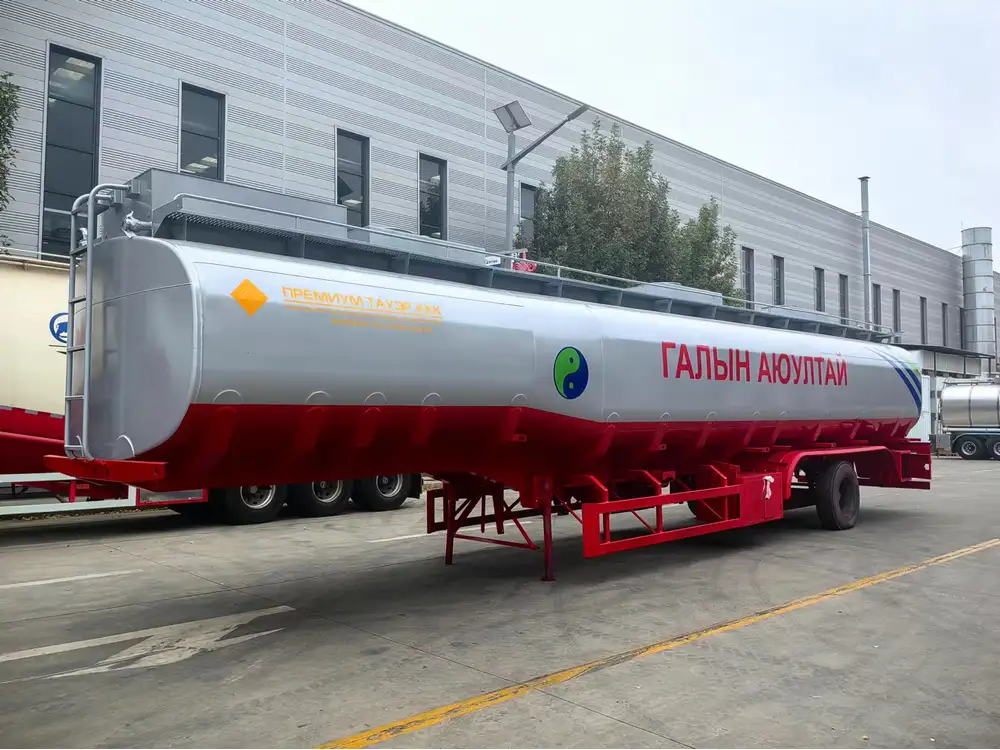
2. Steel
Traditional and time-tested, steel offers impressive strength and rigidity, making it a reliable choice for heavy-duty applications.
Advantages of Steel
- Strength and Structural Integrity: Steel’s unparalleled strength allows it to withstand significant impacts and loads.
- Cost-Effectiveness: Generally less expensive than aluminum, steel is accessible for budget-conscious manufacturers.
Disadvantages of Steel
- Weight: The heavier nature of steel translates to lower payload capacities, critical for maximizing transportation efficiency.
- Corrosion Vulnerability: Without adequate treatment, steel is prone to rust, which can reduce its lifespan.
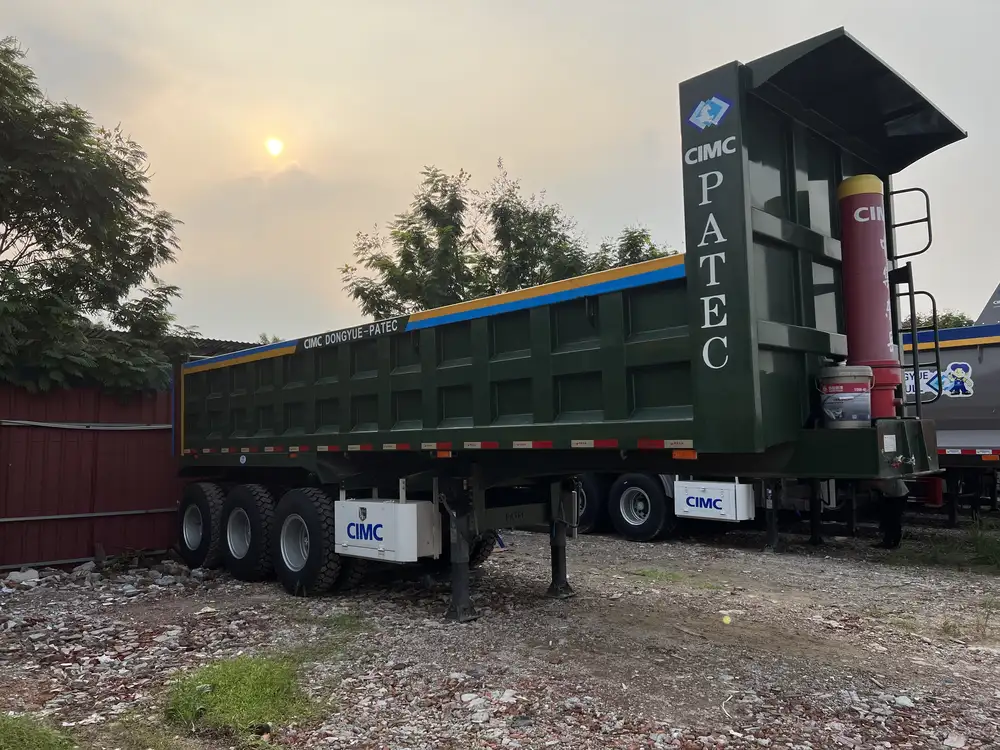
Applications Specific to Steel
Steel is often used in flatbeds and heavy haul trailers where strength is paramount, and weight is less of a concern.
3. Composite Materials
The advancement of composite materials has revolutionized semi-trailer construction, combining the strengths of various materials while eliminating some of their weaknesses.
Characteristics of Composite Materials
- Hybrid Properties: Usually a mix of polymers and reinforcement fibers, these materials boast high resistance to impact, exceptional thermal insulation, and reduced weight compared to steel.
- Corrosion and Moisture Resistance: Composite materials are more resistant to environmental factors than traditional materials, extending trailer lifespan.
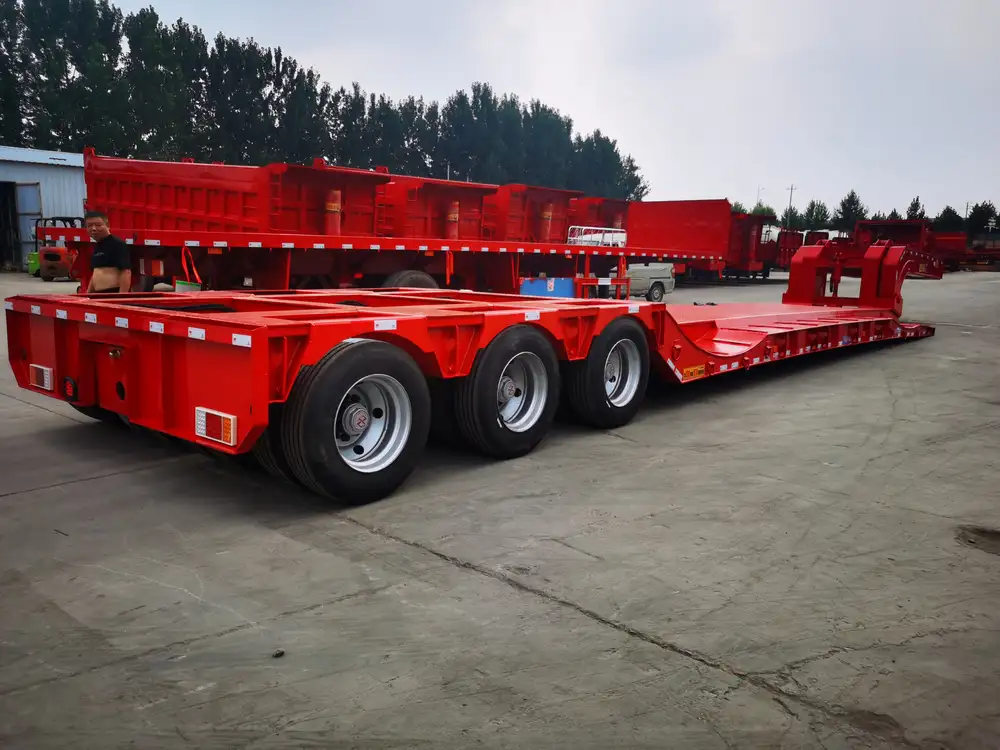
Applications of Composite Materials
Often utilized in specialized trailers, such as those designed for sensitive loads requiring temperature regulation, composites can significantly improve overall efficiency.
Factors Influencing Material Selection
When selecting materials for semi-trailer exterior walls, several critical factors come into play:
1. Payload Requirements
The weight capacity of the trailer is a major consideration. A lightweight material like aluminum may be prioritized if payload efficiency is a primary focus.
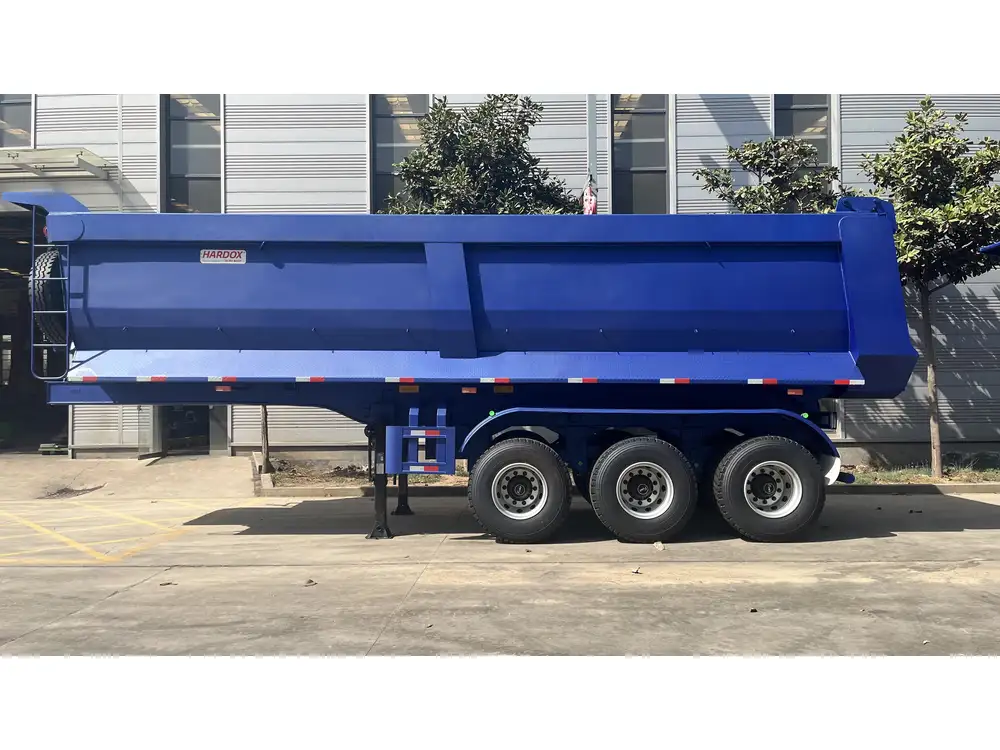
2. Cost Constraints
While some materials offer superior performance, budget constraints might necessitate selecting more economical options, especially for lower-tier applications.
3. Environmental Conditions
Regions with extreme weather or corrosive elements may benefit from corrosion-resistant materials, such as aluminum or composites.
4. Regulatory Compliance
Compliance with safety and environmental standards can also dictate material choice. Materials must meet specific regulations depending on the load type and intended transport routes.

Common Design Features
Design features must align with material characteristics to enhance functionality. Below are notable design components associated with semi-trailer exterior walls.
1. Insulated Panels
Insulated panels, commonly found in refrigerated units, are often constructed using high-quality composite materials. They provide temperature control essential to transporting perishables while maintaining trailer rigidity.
2. Roll-up Doors
Designing semi-trailers with roll-up doors improves functionality, particularly for loading and unloading. The use of aluminum in constructing these doors aids in maintaining a lightweight, efficient structure.
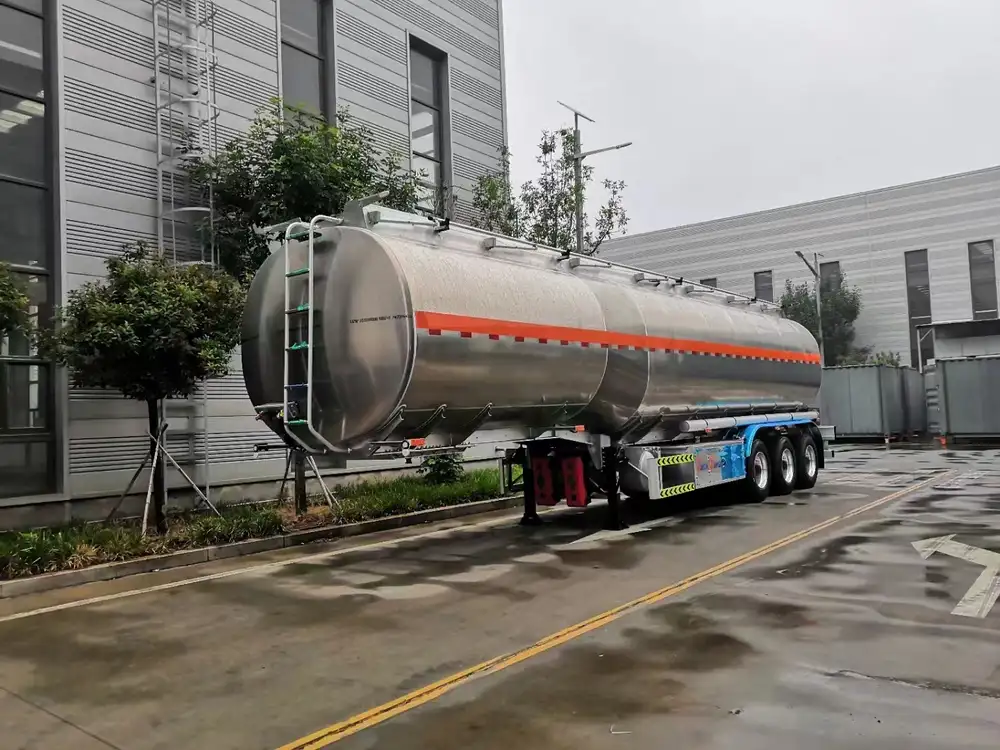
3. Aerodynamic Contours
The physical shape of semi-trailers, particularly those designed for long-haul transport, will vary based on exterior wall materials. Aluminum’s formability allows for aerodynamic shaping, reducing wind resistance and enhancing fuel efficiency.
Maintenance and Longevity
Understanding the maintenance needs associated with the chosen material is vital to prolonging the lifespan of the semi-trailer.
Aluminum Maintenance Tips
- Regularly inspect for scratches to prevent oxidation.
- Clean with mild detergent and water to maintain aesthetics.

Steel Maintenance Tips
- Apply rust-inhibitive coatings to shield against corrosion.
- Routine inspections for dents or structural damage.
Composite Maintenance Tips
- Check for any structural cracks or damage to ensure integrity.
- Clean with non-abrasive cleaners to preserve surface finish.
Conclusion
The choice of material for a semi-trailer exterior wall is critical, impacting everything from weight capacity to durability and maintenance. By understanding the properties of aluminum, steel, and composite materials, manufacturers can make informed decisions that align with both their operational needs and market demands. In the ever-evolving landscape of logistics and transportation, ensuring that semi-trailers are equipped with the best material technology is essential for success.
As the transport industry continues to grow, so too will the innovations in trailer construction, leading to materials that promise even more efficient, sustainable, and durable options for the future. Understanding what semi-trailer exterior walls are made of equips logistics professionals with the knowledge to select the best trailers for their operational needs, enhancing overall performance and contributing to productivity and profitability.
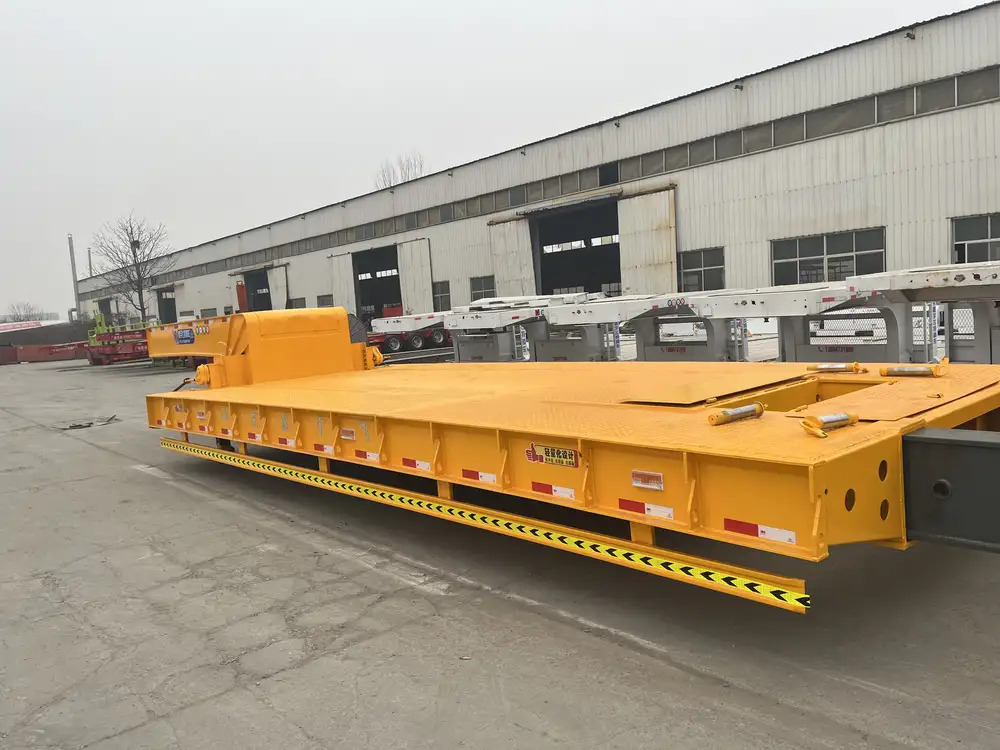
Key Takeaways
- Semi-trailer exterior walls are made primarily of aluminum, steel, and composite materials, each offering unique benefits and drawbacks.
- Material choice depends on various factors, including cost, environmental conditions, and payload requirements.
- Maintenance strategies vary by material; knowing the right practices can extend the life of semi-trailers significantly.
For those searching for comprehensive insights into semi-trailer materials, this article serves as a detailed guide to making better-informed decisions that enhance efficiency, safety, and durability in the transportation sector.



